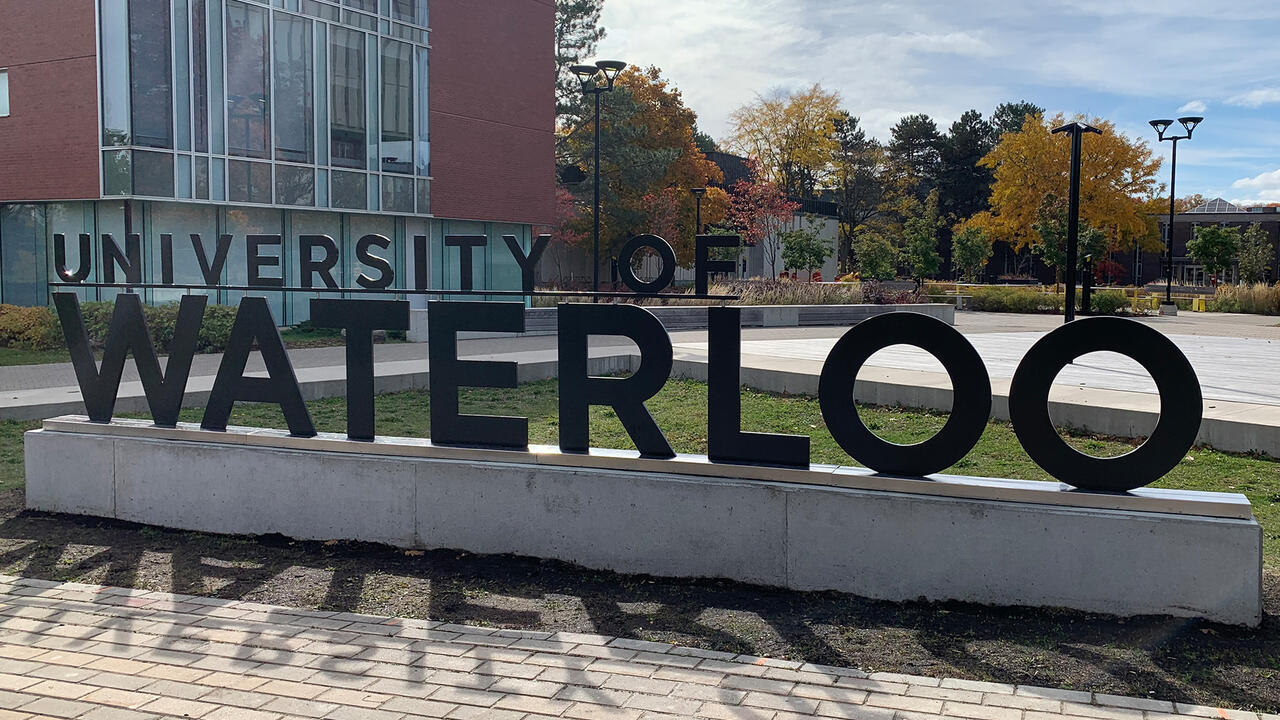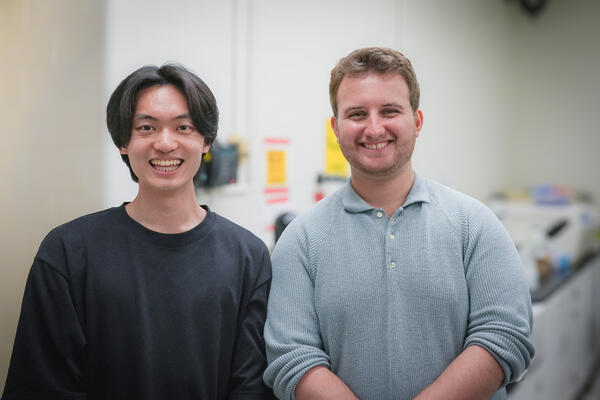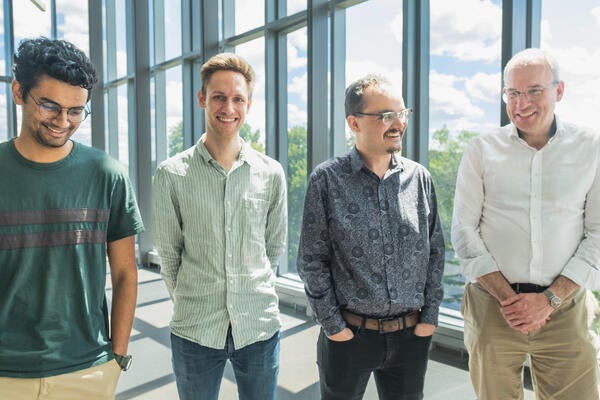
Study reveals evidence that the universe is a hologram
The international study may lead to new beliefs on the Big Bang Theory and on quantum gravity, one of theoretical physics’ most profound problems

The international study may lead to new beliefs on the Big Bang Theory and on quantum gravity, one of theoretical physics’ most profound problems
By Media RelationsThe first observational evidence that the universe could be a hologram has been published in the journal Physical Review Letters. The international study may lead to new beliefs on the Big Bang Theory and on quantum gravity, one of theoretical physics’ most profound problems.
Researchers from the University of Waterloo, Perimeter Institute for Theoretical Physics, University of Southampton (UK), INFN, Lecce (Italy) and the University of Salento (Italy), believe the study further explains how space and time emerged.
“We are proposing using this holographic universe, which is a very different model of the Big Bang than the popularly accepted one that relies on gravity and inflation,” said Niayesh Afshordi, professor of physics and astronomy at the University of Waterloo and Perimeter Institute, and lead author in the study. “Each of these models makes distinct predictions that we can test as we refine our data and improve our theoretical understanding – all within the next five years.”
Theoretical physicists and astrophysicists first identified the concept of a holographic universe in the 1990s. Today, researchers have published observational evidence to support a 2D holographic explanation of the universe. This work could lead to a functioning theory of quantum gravity, a theory that harmonizes quantum mechanics with Einstein’s theory of gravity.
“The key to understanding quantum gravity is understanding field theory in one lower dimension,” said Afshordi. “Holography is like a Rosetta Stone, translating between known theories of quantum fields without gravity and the uncharted territory of quantum gravity itself.”
Holography, with its more simplified approach, allows the researchers to study the dense conditions of quantum gravity during the Big Bang at its boundary, which provides as much information as studying the Big Bang itself.

Read more
Velocity pitch competition winners share exciting startup ideas using artificial intelligence and deep tech, showcasing creativity and entrepreneurial prowess

Read more
Waterloo students earn more than $700,000 in grants to scale their research efforts on lab-grown fish

Read more
Modular software brings together a variety of expertise to create a new method to realistically model and analyze quantum cryptography
The University of Waterloo acknowledges that much of our work takes place on the traditional territory of the Neutral, Anishinaabeg, and Haudenosaunee peoples. Our main campus is situated on the Haldimand Tract, the land granted to the Six Nations that includes six miles on each side of the Grand River. Our active work toward reconciliation takes place across our campuses through research, learning, teaching, and community building, and is co-ordinated within the Office of Indigenous Relations.